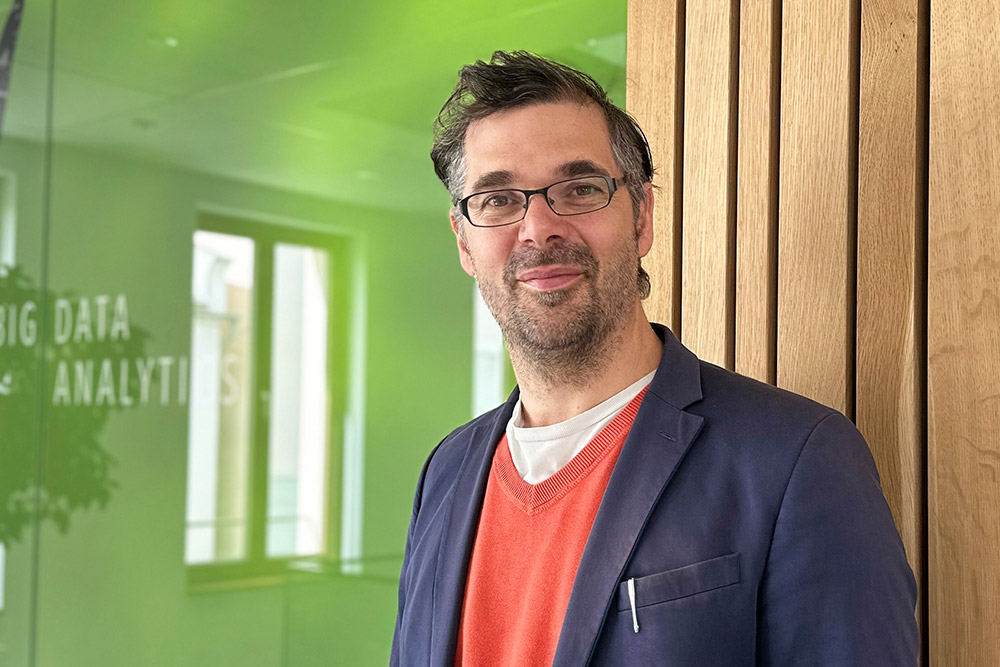
Prof. Dr. Benedikt Elser
Professor
Sprechzeiten
nach vorheriger Terminvereinbarung per Email
Projekte
FreshRegio https://www.regiothek.de/p/freshregio, Zukunftslabor 2030 https://www.zukunftslabor2030.de
Kernkompetenzen
- Big Data Computing
- NoSQL Datenbanken
- Container Orchestrierung
- Rechnernetze, TCP/IP
- Overlay Netze, Peer-To-Peer Systeme
- Graphalgorithmen, Graphanalyse
- Spektraldatenanalyse
Sonstiges
Abgeschlossene Projekte
FreshAnalytics, Industriewerkstatt 4.0, WeisDas
Angebotene Bachelor / Masterarbeiten
https://ilearn.th-deg.de/user/profile.php?id=36858